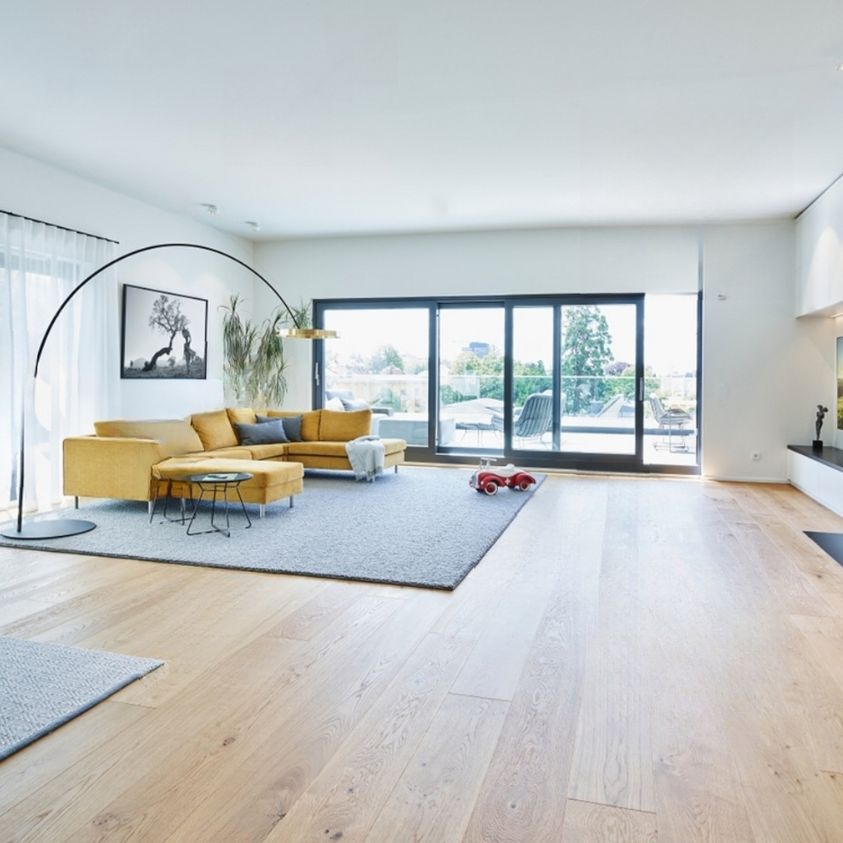Interior design is a captivating realm where artistry meets functionality to transform spaces into unique, visually appealing, and purposeful environments. Drawing inspiration from history, nature, culture, and technology, designers consistently innovate to bring fresh ideas to life. In this article, we’ll explore the timeless inspirations and the latest innovations that drive the ever-evolving field of interior design.
Timeless Inspirations
Classical Elegance
Classical interior design takes cues from ancient Greek and Roman aesthetics. Characterized by symmetry, grandeur, and ornate details, classical design often features columns, arches, and classical motifs like acanthus leaves. The goal is to evoke a sense of balance, proportion, and timelessness. In contemporary interpretations, classical elements are often blended with modern styles for a sophisticated yet fresh look.
Renaissance Revival
The Renaissance, a period known for its art, architecture, and cultural flourishing, is a profound inspiration in interior design. Designers draw from this era’s rich color palette, opulent textiles, and intricate frescoes to create spaces that exude luxury and sophistication. Elements like tapestries, richly patterned upholstery, and elegant chandeliers hark back to the grandeur of Renaissance design.
Art Deco Glamour
The Art Deco movement of the 1920s and 1930s continues to influence interior design. This style is characterized by geometric patterns, bold colors, and the use of luxurious materials such as brass, chrome, glass, and marble. Art Deco design emphasizes clean lines and symmetry, and it often incorporates exotic motifs and sleek, streamlined furniture.
Mid-Century Modern
The mid-20th century saw the rise of Mid-Century Modern design, characterized by clean lines, minimalism, and a focus on functionality. Influential designers such as Charles and Ray Eames, Eero Saarinen, and Arne Jacobsen shaped this movement with iconic furniture designs that are still widely celebrated today. The style emphasizes simplicity, open spaces, and a connection with nature through the use of natural materials.
Innovative Approaches
Sustainability and Eco-Friendliness
With an increasing awareness of environmental issues, sustainability has become a key focus in interior design. Designers now prioritize eco-friendly materials, energy-efficient solutions, and waste reduction techniques. The use of recycled and upcycled materials, low-VOC paints, energy-efficient appliances, and sustainable woods are all part of creating an environmentally conscious interior.
Open-Concept Living
Modern lifestyles have inspired a shift towards open-concept living spaces. Walls are removed to create a seamless flow between the kitchen, dining, and living areas. This design approach promotes interaction and connectivity within the household. The absence of barriers provides an illusion of more space and enhances natural light, making the area feel larger and brighter.
Biophilic Design
Biophilic design taps into our innate connection with nature. It incorporates natural elements and patterns into interior spaces to enhance well-being. Features such as indoor plants, natural materials (wood, stone), natural lighting, and views of nature are integrated to create a soothing and rejuvenating environment. This design approach acknowledges the beneficial effects nature has on our mental and physical health.
Minimalism and Scandinavian Design
Minimalism, inspired by the desire for simplicity and functionality, encourages a clutter-free, organized living space. Scandinavian design, a subset of minimalism, emphasizes clean lines, neutral colors, and the use of light to create spaces that are both functional and aesthetically pleasing. The focus is on quality over quantity, and the use of natural materials adds warmth to the interiors.
Technology Integration
The rapid advancement of technology has significantly impacted interior design. Smart home technology has gained popularity, allowing homeowners to control lighting, heating, security, and entertainment systems with a touch of a button. Designers are seamlessly integrating these technologies into spaces, making homes more efficient, convenient, and luxurious.
Fusion of Styles
One of the exciting developments in contemporary interior design is the fusion of different styles, resulting in unique, eclectic spaces. Designers are combining elements from various eras and cultures to create something entirely new and captivating.
Bohemian Chic
Bohemian style embraces a relaxed and unconventional aesthetic, drawing inspiration from global cultures. It incorporates an array of colors, textures, and patterns, often blending vintage and contemporary pieces. Elements such as Persian rugs, Moroccan lanterns, and eclectic furniture create a lively and expressive space.
Industrial Luxe
Industrial design finds its roots in repurposed factories and warehouses. It often features exposed brick, metal beams, and ductwork, reflecting a raw and unfinished aesthetic. To soften the look and add a touch of luxury, designers blend industrial elements with plush furnishings, statement lighting, and polished surfaces, creating a unique industrial-luxe fusion.
Transitional Design
Transitional design strikes a balance between traditional and contemporary styles. This fusion offers the elegance and timeless appeal of traditional design while incorporating the clean lines and simplicity of modern design. It allows for a more relaxed and comfortable space that appeals to a broader audience.
Conclusion
Interior designing is a dynamic field that continually evolves by embracing both timeless inspirations and innovative approaches. Classic design styles like classical elegance, Renaissance revival, Art Deco, and Mid-Century Modern continue to influence contemporary interiors, providing a foundation for modern interpretations.
Innovations in sustainability, open-concept living, biophilic design, minimalism, and technology integration are shaping the future of interior design. Sustainable practices, emphasis on well-being, and the integration of advanced technologies are paving the way for more conscious and efficient design solutions.





